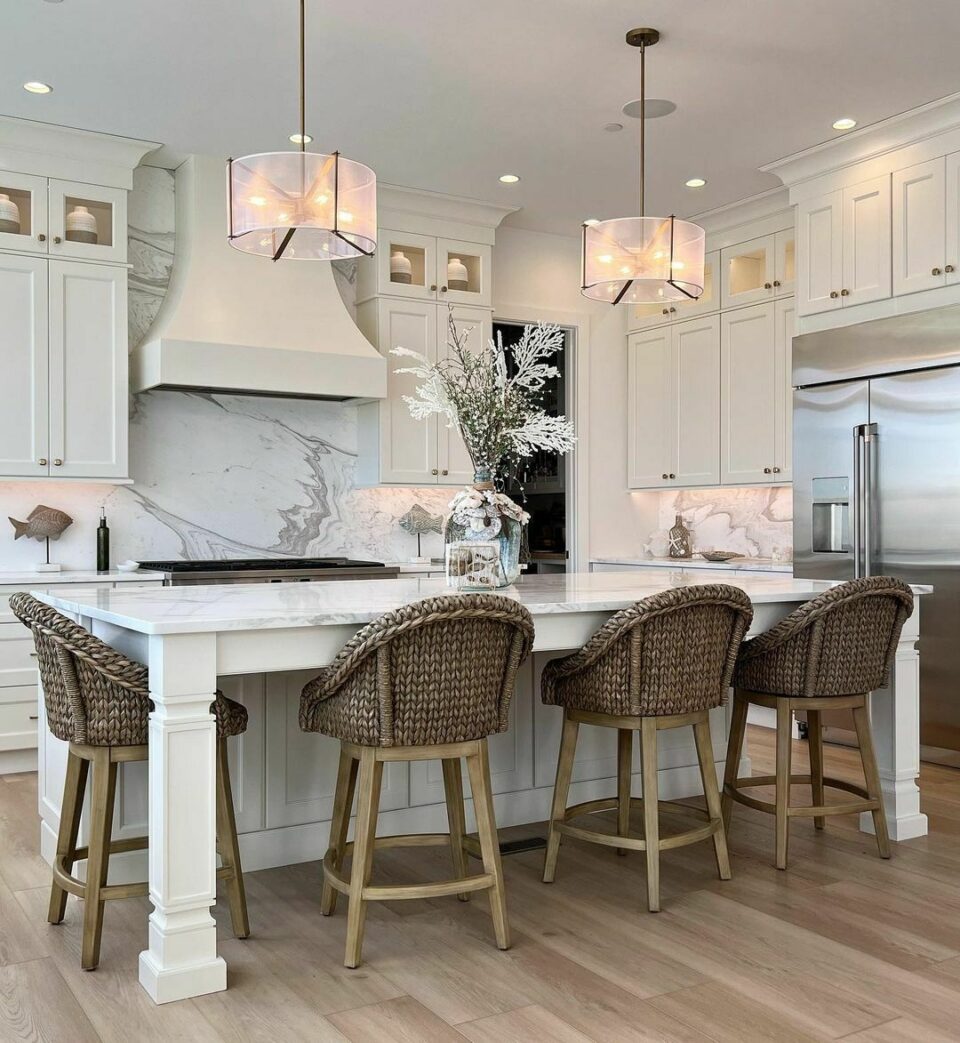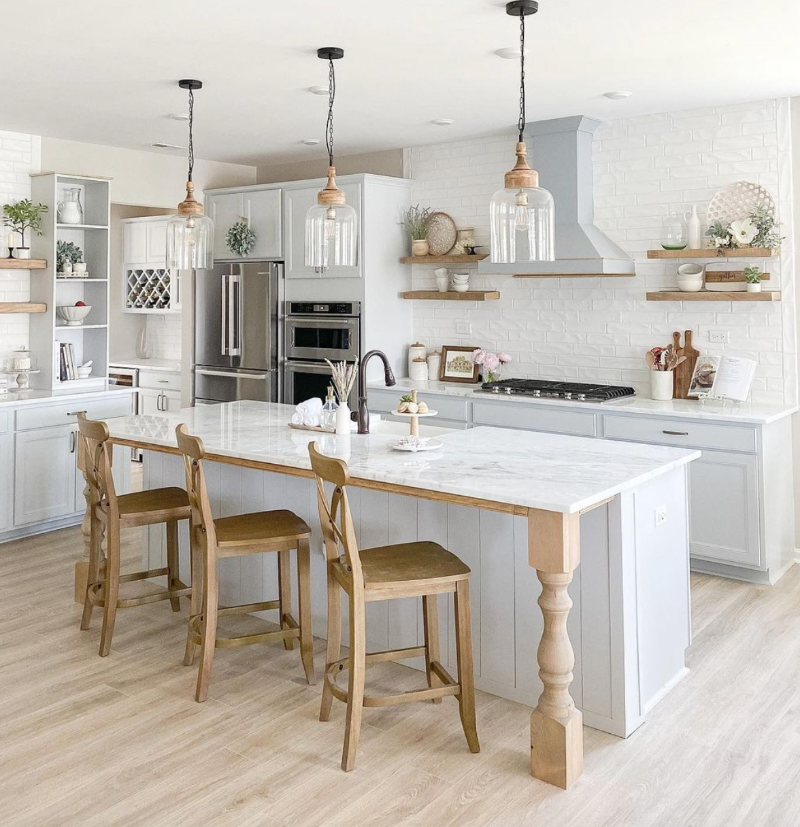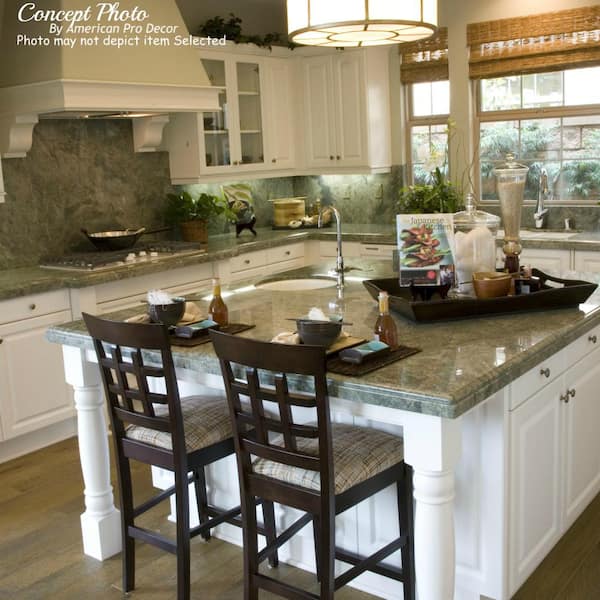Attain an Innovative Appearance Using Ornate Legs For Kitchen Island Styles
Attain an Innovative Appearance Using Ornate Legs For Kitchen Island Styles
Blog Article
Essential Variables to Take Into Consideration When Choosing Legs For Kitchen Area Island
Selecting the suitable legs for a kitchen island involves a mindful analysis of multiple elements that can substantially affect both functionality and visual allure. Among these, the option of product plays a pivotal role in making sure durability, while the layout should enhance the existing decoration. Furthermore, considerations such as elevation and weight support are vital for security and comfort. As we explore these aspects, it ends up being clear that each choice can have far-ranging effects for the general kitchen area experience. What subtleties should be taken into consideration in each of these categories to accomplish the suitable equilibrium?
Material Options
When selecting legs for a kitchen island, comprehending the different product options is essential for attaining both aesthetic appeal and architectural integrity (Legs For Kitchen Island). The selection of material considerably influences not just the durability of the island but additionally its overall style and functionality
Steel legs, frequently made from stainless steel or wrought iron, contribute a industrial and contemporary feel while guaranteeing sturdiness and stability. These materials are immune to put on and can sustain considerable weight, making them optimal for bigger islands.
Another alternative is engineered materials, like MDF or plywood, which can be extra cost-efficient while still providing a variety of coatings. Nonetheless, they may not give the exact same degree of security as solid wood or metal. Finally, products such as acrylic or glass can produce a contemporary appearance, though they might call for extra assistance to ensure stability.
Ultimately, the choice of material for kitchen island legs ought to align with the desired functionality and the overall theme of the kitchen area.
Style and Style

When considering design, the shape and surface of the legs are vital. Tapered legs can offer a sense of agility and sophistication, while thicker, much more durable legs can share strength and stability. Additionally, the surface-- be it repainted, discolored, or natural-- need to match the kitchen cabinetry and kitchen counter products to produce a unified appearance.
Furthermore, the layout of the legs can additionally show individual taste. Custom-made or attractive legs, such as those including intricate makings or one-of-a-kind geometric shapes, can act as focal factors, including character and character to the kitchen area. Inevitably, the appropriate selection will not only enhance functionality but likewise boost the visual appeal, making the cooking area island a standout attribute of the home.
Elevation Factors To Consider
Picking the proper elevation for kitchen island legs is critical, as it straight affects both functionality and convenience. The conventional height for a kitchen area island usually varies from 36 to 42 inches, aligning with usual counter top elevations. A 36-inch elevation is perfect for cooking and cooking, permitting for comfortable use of kitchen appliances and tools. On the other hand, an elevation of 42 inches is typically preferred for islands planned for bar seating, accommodating taller feceses and supplying an informal eating experience.

It is likewise necessary to make up individuals' choices and elevations. Customizing the height can guarantee a comfy experience for all member of the family, making the kitchen area island a much more practical and delightful space.
Weight Support
Guaranteeing appropriate weight assistance for cooking area island legs is important for both safety and functionality. The cooking area island commonly serves several functions, consisting of cooking, eating, and extra storage space, demanding a durable assistance framework. When choosing legs, it is important to think about the overall weight capability needed based on the island's intended usage and the products that will certainly be positioned on it.
The selection of product for the legs plays a significant duty in their weight-bearing abilities. Strong timber, metal, and sturdy compounds typically offer remarkable stamina contrasted to lighter materials. Furthermore, the layout of the legs-- whether they are straight, tapered, or have a pedestal form-- can affect their ability to distribute weight successfully across the framework.
Always get in touch with the producer's requirements relating to load restrictions to guarantee that the legs can maintain the websites designated weight without jeopardizing security. In recap, selecting kitchen area island legs with sufficient weight support is essential for creating a useful and risk-free culinary room.
Installment and Upkeep
Correct setup and upkeep of kitchen island legs are critical for ensuring longevity and stability. To start, it is vital to adhere to the producer's guidelines during installment. This frequently involves safeguarding the legs to the island base using proper fasteners, ensuring that the legs are degree and aligned. Using a level tool can assist prevent wobbling and boost the overall visual charm of the kitchen area island.
When set up, regular maintenance is necessary to maintain the honesty and look of the legs - Legs For Kitchen Island. For wood legs, periodic cleansing with a damp towel and application of ideal wood gloss can avoid wetness damages visit this web-site and keep their surface. Metal legs may require a gentle cleansing solution to remove oil and gunk, adhered to by a completely dry towel to avoid corrosion formation
Furthermore, examine the legs routinely for signs of wear or damages, such as splits or loosened joints. Tightening up screws or bolts as required can also lengthen the lifespan of the legs. By adhering to these installment and upkeep practices, homeowners can ensure that their kitchen island remains durable and aesthetically appealing for several years to come.
Verdict

Visual comprehensibility is paramount in selecting the design and design of legs for a kitchen area island, as these elements greatly affect the total atmosphere of the area. Conical legs can provide a sense of agility and style, while thicker, more durable legs can communicate toughness and stability.Choosing the ideal height for kitchen island legs is vital, as it straight impacts both capability and convenience. In summary, choosing cooking area island legs with ample weight support is essential for creating a useful and risk-free culinary room.
In final thought, picking legs for a kitchen island requires careful consideration of different variables, consisting of product options, design, height, weight support, and setup.
Report this page